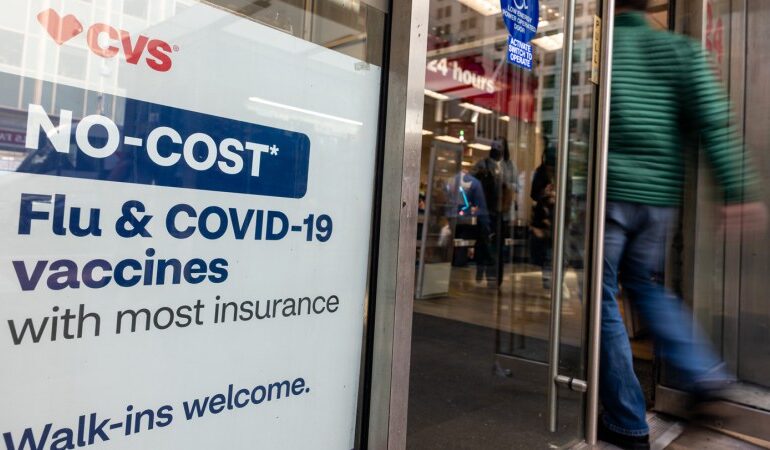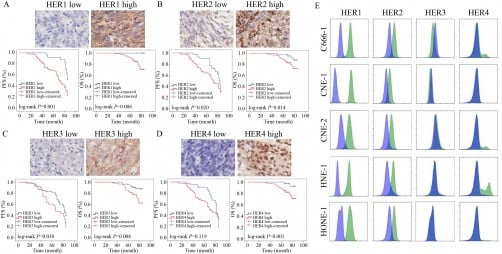Experts Advise on Fall COVID Vaccination Amid Changing Guidelines

As respiratory viruses typically see an increase during the fall season, changing vaccine guidelines have left many individuals uncertain about the best course of action for COVID-19 vaccinations. Health authorities are updating recommendations to adapt to evolving variants and vaccination strategies. Understanding how to navigate this shifting landscape is crucial for public health.
Vaccine Guidelines Under Review
The Centers for Disease Control and Prevention (CDC) recently announced new guidance regarding COVID-19 vaccinations, which includes updated recommendations for booster shots. This decision comes as the Northern Hemisphere prepares for a potential surge in infections. According to the CDC, the new guidelines aim to enhance protection against emerging variants and improve overall immunity within the population.
Dr. Amesh Adalja, a senior scholar at the Johns Hopkins Center for Health Security, emphasized the importance of staying informed about the latest vaccine developments. He noted that “the vaccines are designed to provide a strong defense against severe illness, hospitalization, and death.” With ongoing research, the specifics of the vaccines and their effectiveness continue to evolve.
Protective Measures and Recommendations
In light of these changes, individuals are encouraged to consider their personal health circumstances and the local spread of COVID-19 in their communities. Dr. Adalja recommends that those eligible for a booster shot get vaccinated as soon as possible. “The sooner you get the vaccine, the sooner your immunity can be strengthened,” he added.
Public health experts stress that while vaccines are critical, they are most effective when combined with other preventive measures. Wearing masks in crowded places, practicing good hand hygiene, and maintaining physical distance can further reduce the risk of infection. Communities should remain vigilant, especially as children return to school and indoor gatherings increase during the fall.
The shifting guidelines may also reflect broader trends in vaccine distribution and public health policy. As vaccine uptake varies across regions, health authorities are tasked with tailoring strategies to meet local needs. This means some areas may see more aggressive vaccination campaigns depending on infection rates and healthcare capacity.
In conclusion, as uncertainty persists regarding COVID-19 vaccinations this fall, staying informed and proactive is essential. Individuals should consult with healthcare providers to determine the best vaccination strategy based on current guidelines and local health conditions. With the right approach, the risk of severe illness can be significantly mitigated during this critical season.






